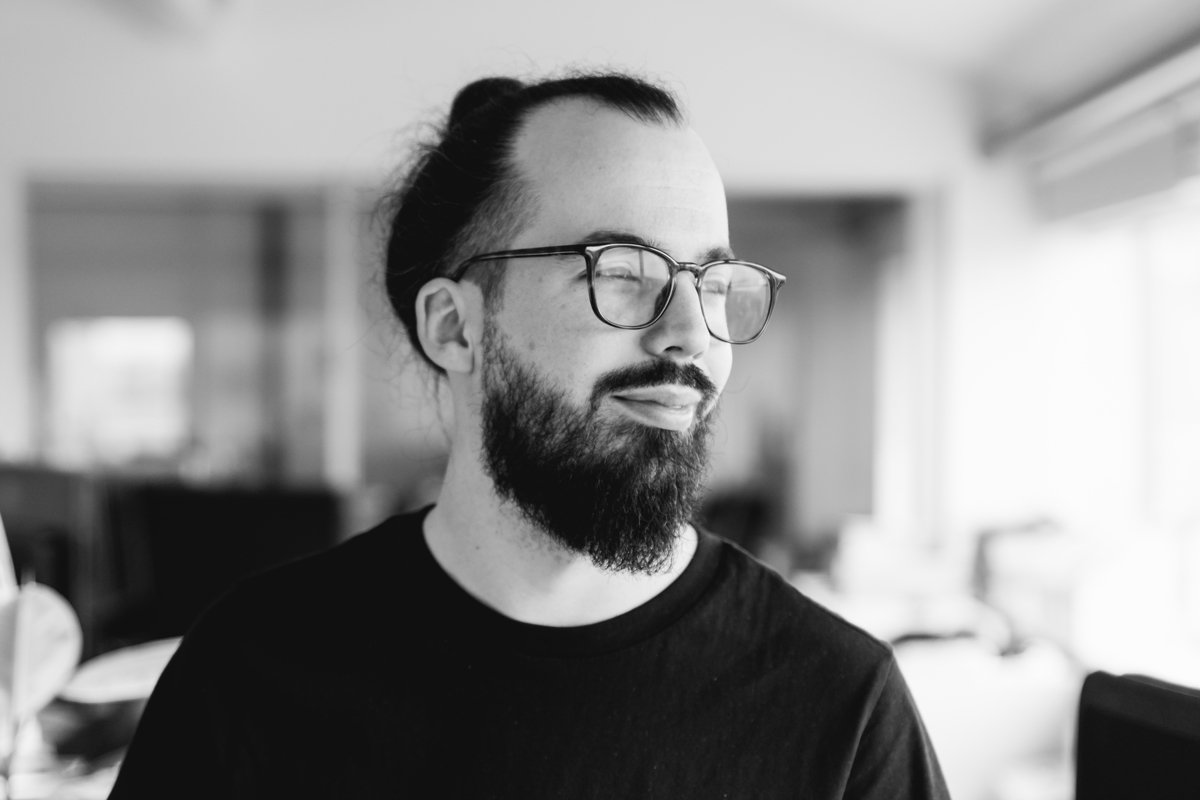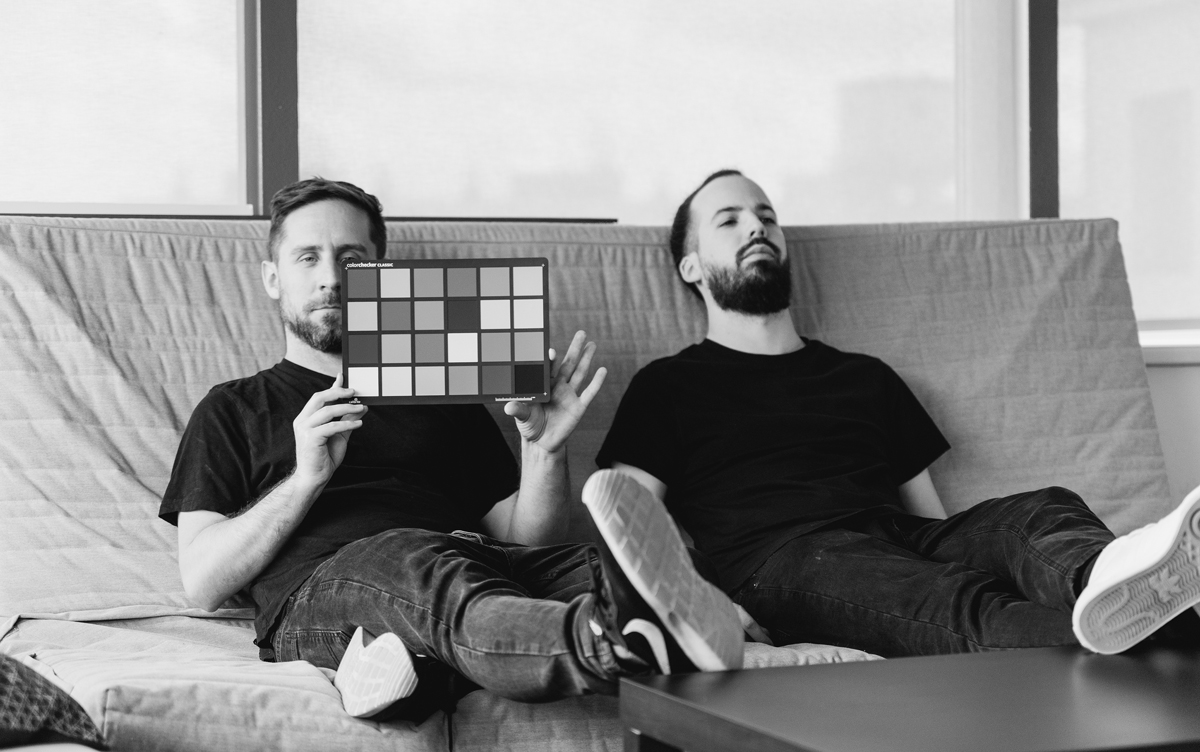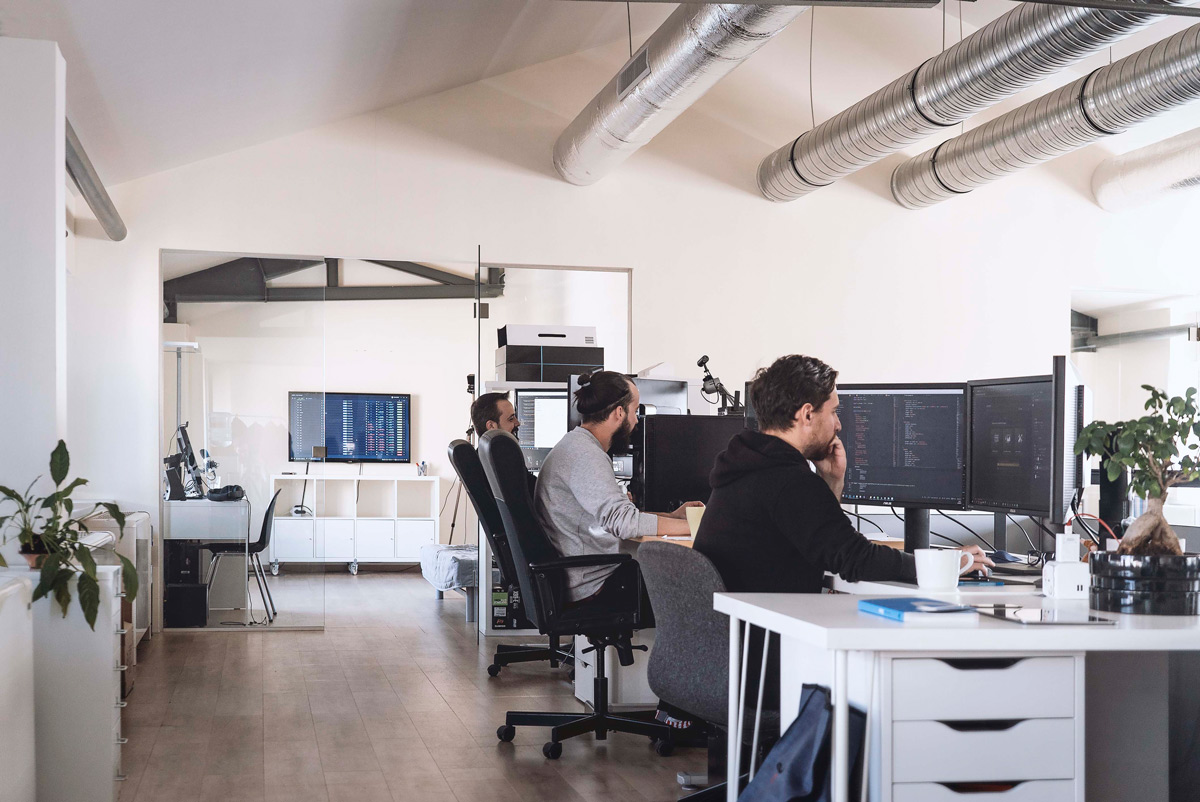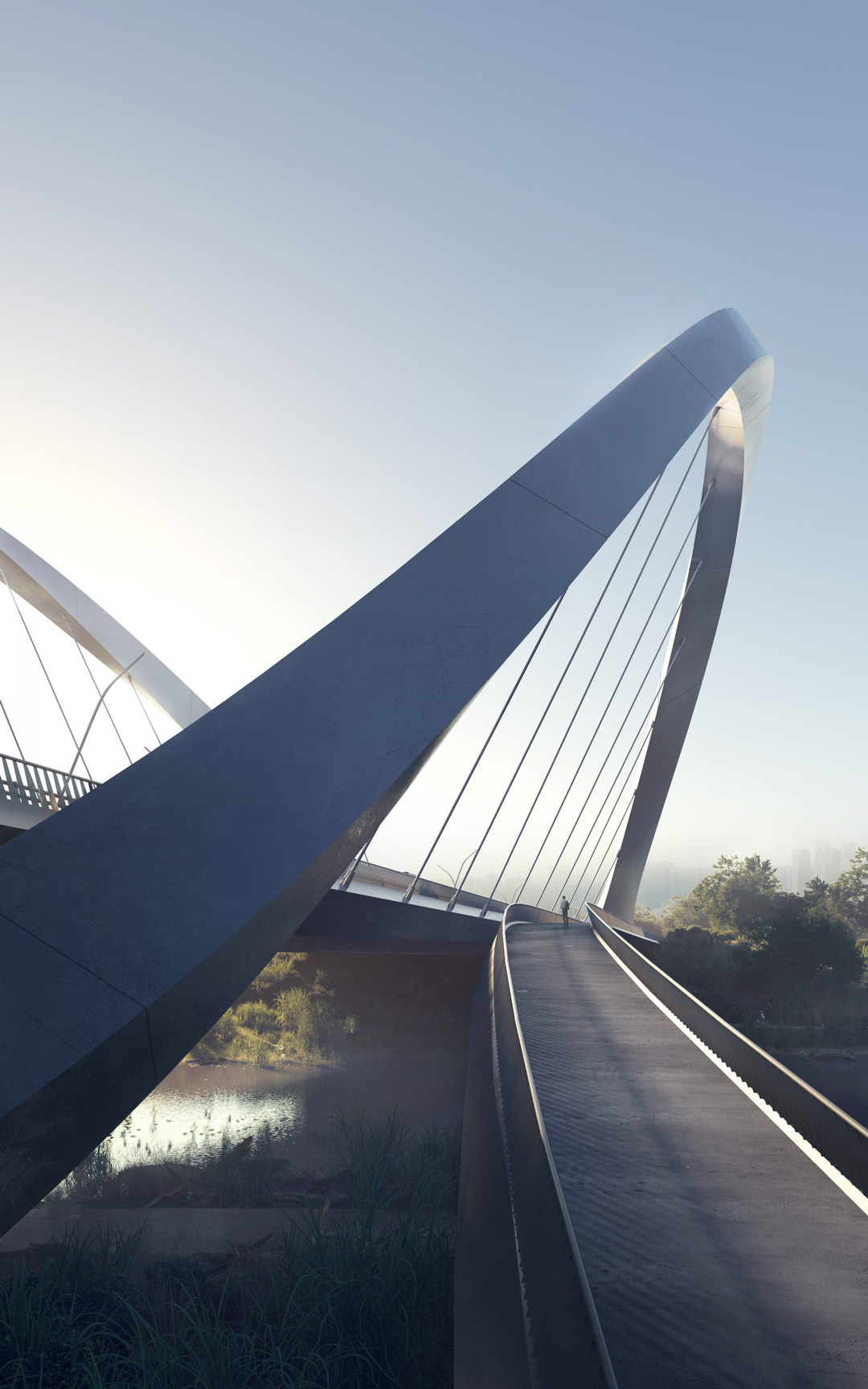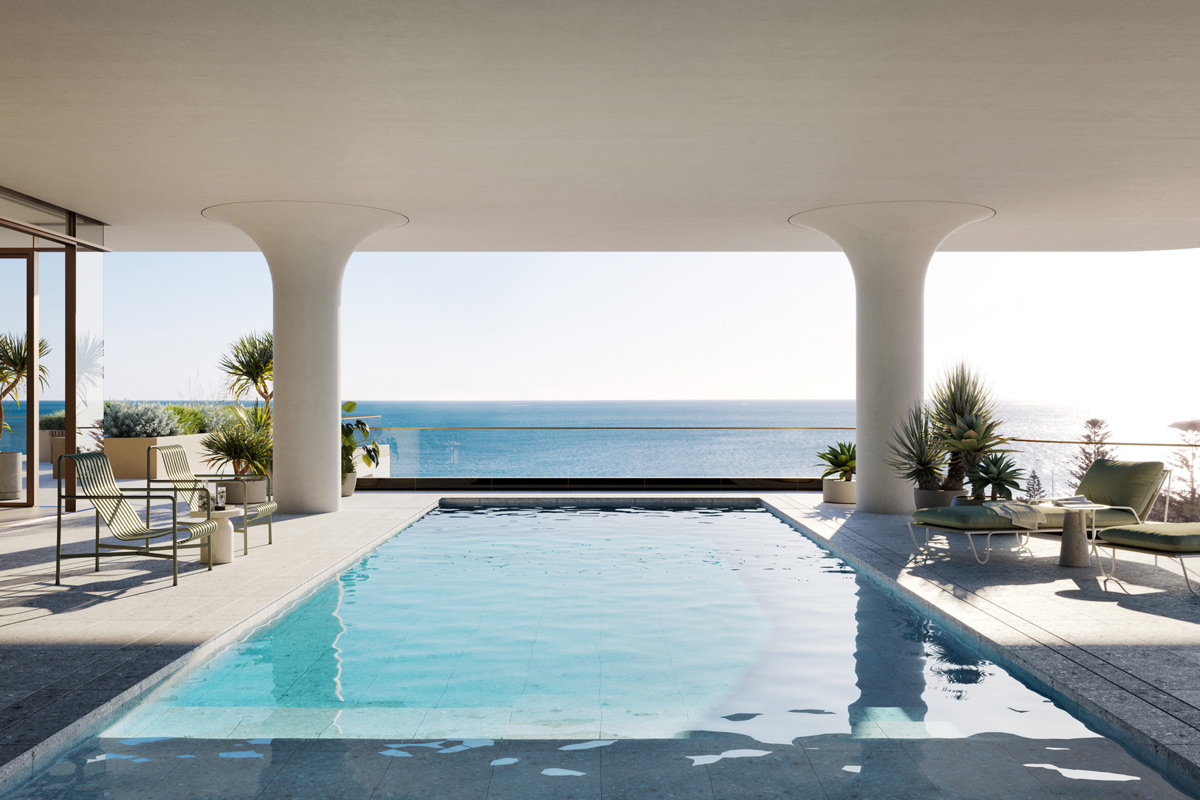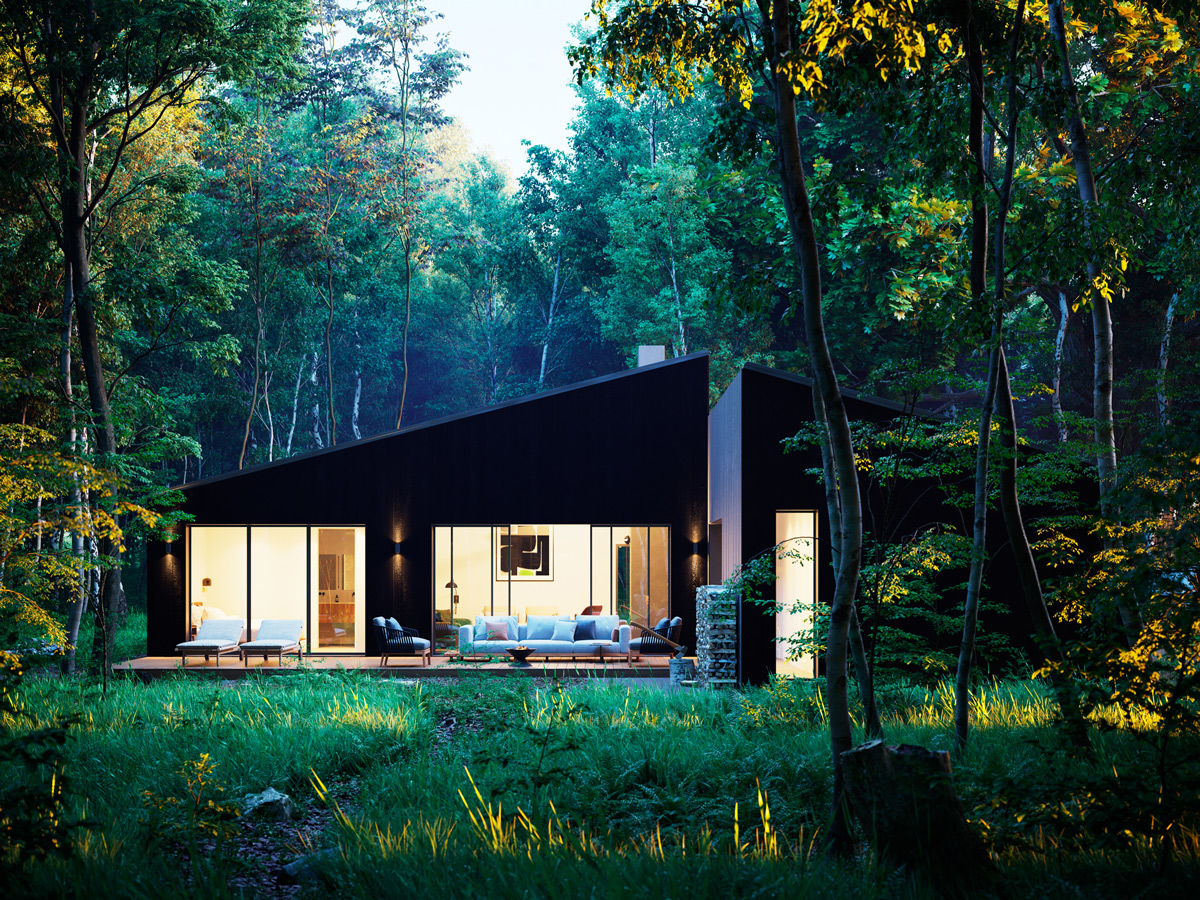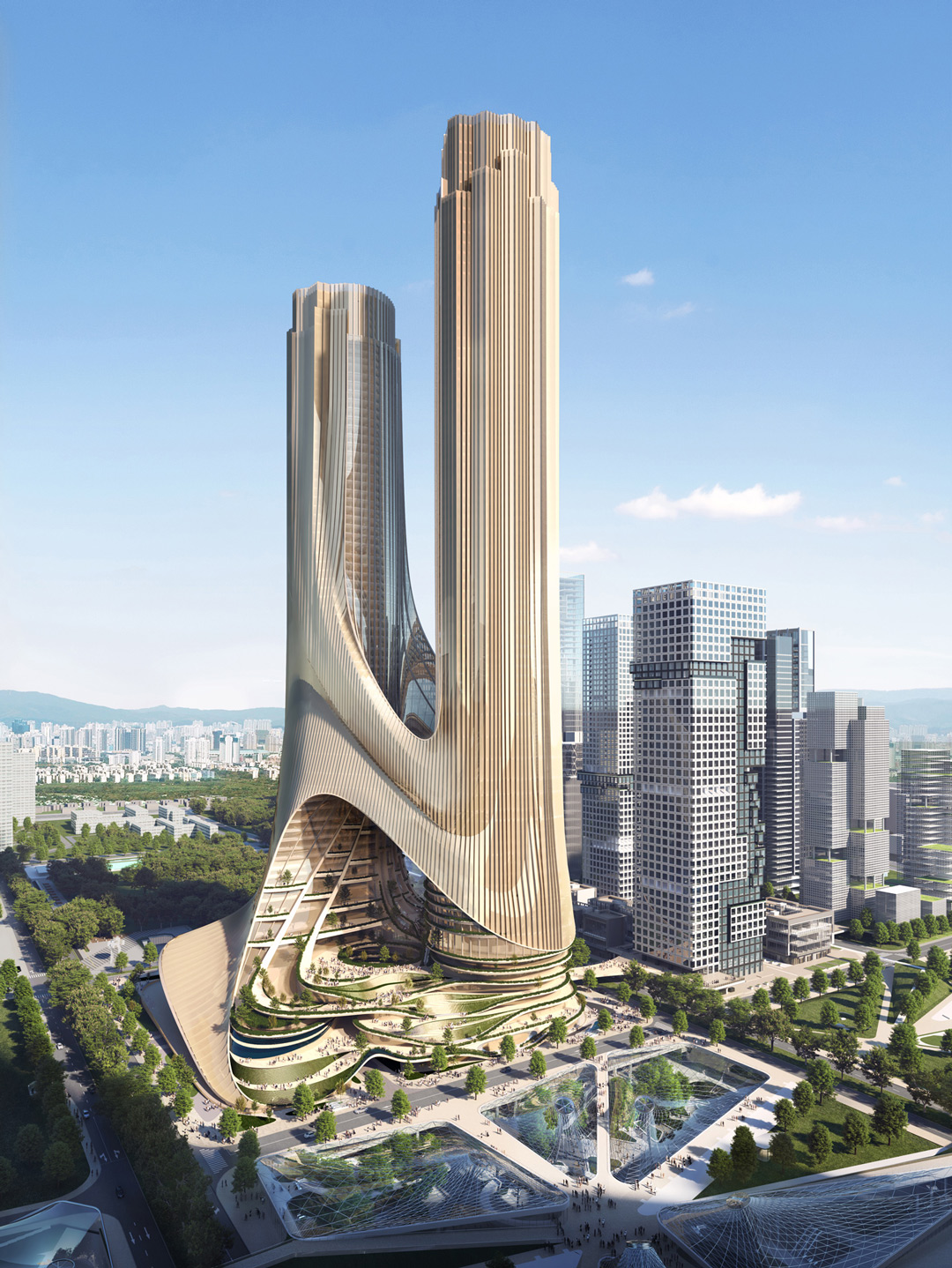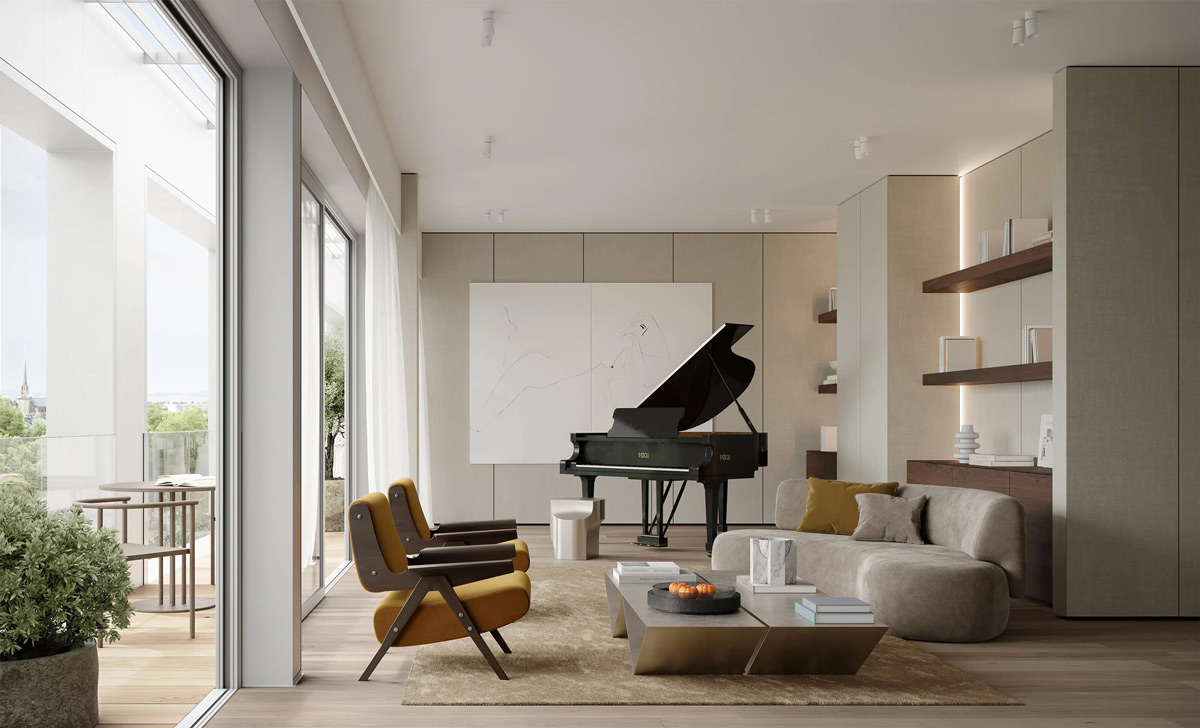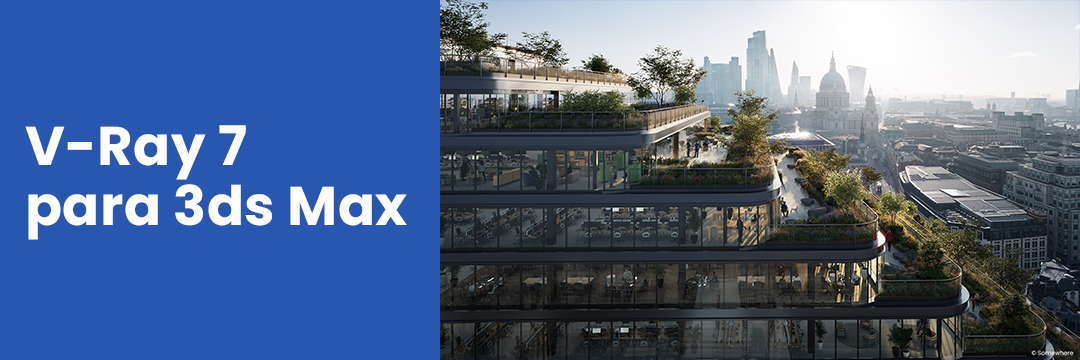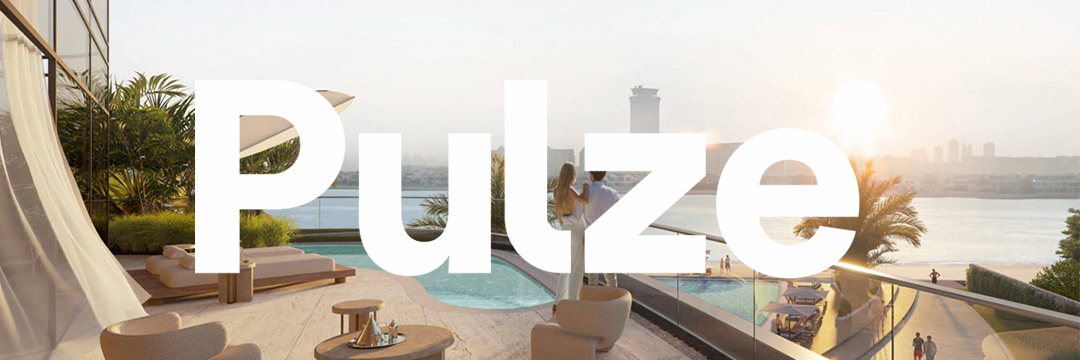
Welcome to a new interview. On this occasion, we will talk with Peter Sarhidai, co-founder of Pulze, a company specialized in tools to improve the workflow in ArchViz. Throughout the interview we will talk about how this initiative emerged within one of the most recognized studios in the industry, what they are currently working on and what their future objectives are.
Today we are teaming up with Pulze’s 3December Bundle , so be sure to check out their amazing deals available from December 18 – 22.
1. Peter, as a co-founder and lead at Pulze, could you share with us how your journey with the company started and how your role has evolved over the years?
I began my journey at Brick Visual in 2013. Initially, I was hired as a 3D Artist to work on images, but my role evolved significantly over the years. After a few months, I found myself working on animation, where I thoroughly enjoyed the technical challenges that came with the projects. As the projects grew in size, we found ourselves needing to find shortcuts to meet deadlines. This led me to learn how to write scripts for 3ds Max, which significantly changed my approach to problem-solving and workflow. Gradually, I found great satisfaction in creating small tools to streamline the team’s work.
Over time, these small tools evolved into larger ones, and our ideas became increasingly ambitious. In 2017, Brick established a dedicated R&D group, which included me and the two other founders of Pulze, Zsolt and Mihály. From this point, we no longer worked on production and could dedicate all our time to developing tools and products for the team, and eventually, the entire archviz industry. This marked the beginning of a long journey that led to the founding of Pulze and the creation of our products.
2. Company culture plays a significant role in the success of a business. How would you describe the culture at Pulze, and how does it influence the creative and development process?
Pulze’s culture is collaborative, innovative, and deeply rooted in problem-solving. With a small team where everyone has been colleagues and friends for over a decade, there is a strong sense of unity and shared goals. The early days of Brick and the huge growth that the company went through shaped us a lot and helped to develop a business mindset, which became very important.
The other thing is that none of us started as developers, we all learned it along the way and adopted the skill that was required at the time. The fact that we were able to develop the early version of our tools while sitting next to the 3D production of Brick was by far the best influence and our biggest advantage, I think.
3. Pulze is described as a suite of tools revolutionizing 3D visualization workflows. What was the main inspiration behind developing these tools, and how is innovation approached at Pulze?
The main inspiration came from personal frustration working on large-scale image and animation projects. I was not happy with scene states in 3ds Max, and I always felt like there should be a better solution than Backburner for network rendering. All the ideas went through several iterations, starting as an internal tool at Brick until it became a full-featured product that you can download these days. All of our tools are based on the principle that we take something complicated and make it a bit easier for 3D Artists so they can concentrate on more important things. This process is something that we enjoy the most and where we can innovate a lot.
4. With the Scene Manager being a key tool for 3ds Max users, how does it enhance the user experience in scene management, and what features do users find particularly beneficial?
The fact that you can easily switch between different cameras, adjust lighting conditions, toggle layers, hide or move objects, and control your output and render settings is a huge time-saver compared to the built-in native tools in 3ds Max. Besides the user interface, I think what users appreciate the most is the fact that it adapts to your needs and fits into most projects. If you want, you can use only a few features, or you can take full control of all aspects of your scene.
Apart from controlling your composition and lighting, the most useful feature is probably the Post-production / VFB controls, which allow you to have different tone mapping and light mix settings per scene.
5. Render Manager is another critical tool in your portfolio. How does it simplify the rendering process for artists, and what sets it apart from other solutions in the industry?
The most important thing about Render Manager is that it was designed with archviz in mind. There are many specific and unique features in it that you won’t find anywhere else. The innovative UI, job submitter, plugin comparison, software analytics, and unique VFB preview and job progress features are things that make the life of a 3D artist easier. You can also submit your Scene Manager scenes easily, which makes the process of batch rendering a lot more convenient.
6. With Project Dream, Pulze has embraced AI-assisted creativity. How does this tool integrate into the creative workflow, and can you share examples of its innovative application by users?
Project Dream uses the viewport of 3ds Max, your prompt, and some settings to create images. With this technique, you can quickly iterate through composition and lighting ideas before even starting up your favourite render engine. Using the upscale feature, you can get 4K images that work great for reference images or can be used as matte painting elements.
We have some customers who are creating final images with Dream and sending them to their clients, but that is not the most common usage. With today’s technology, it is still challenging to control the outcome of these images, and no matter how good your input is, the results are still random. Therefore, the main use case is still inspiration.
7. Pulze has made a significant impact within the 3D visualization industry. Could you elaborate on how Pulze is being utilized across various sectors in the industry, and how user feedback plays a role in the ongoing development and refinement of your tools?
Our tools are used in the visualization industry, specifically where 3ds Max plays a big role. They are most used by freelancers, archviz studios, and architecture offices.
Feedback from our users is a huge help and it greatly influences our development roadmap. No matter how fine-tuned the product is, there is always a new idea or a new shortcut to get something done easier or quicker. The challenge for us is to look at the big picture and implement things in a way that is useful for most of our customers.
8. As you look to the future, what are Pulze’s upcoming milestones, and how do you see your personal contributions and leadership shaping these advancements?
Our next step is to make our products multi-platform, expanding to support more applications and explore new industries. Starting with Archviz and 3ds Max was a valuable experience, and we hope to apply our learned insights elsewhere.
At the moment all of us are wearing many hats and we are doing everything from coding, support, marketing and sales which is a great experience. I would like to contribute as much as possible into the development of these and also focus on building the team around us to take over some of the tasks.
A key thing that we would like to focus on and continue doing is forming partnerships with other industry players and conducting new experiments such as the 3December bundle.
I hope you enjoyed this interview, if you are interested in learning more about Pulze, you can visit the following links:

